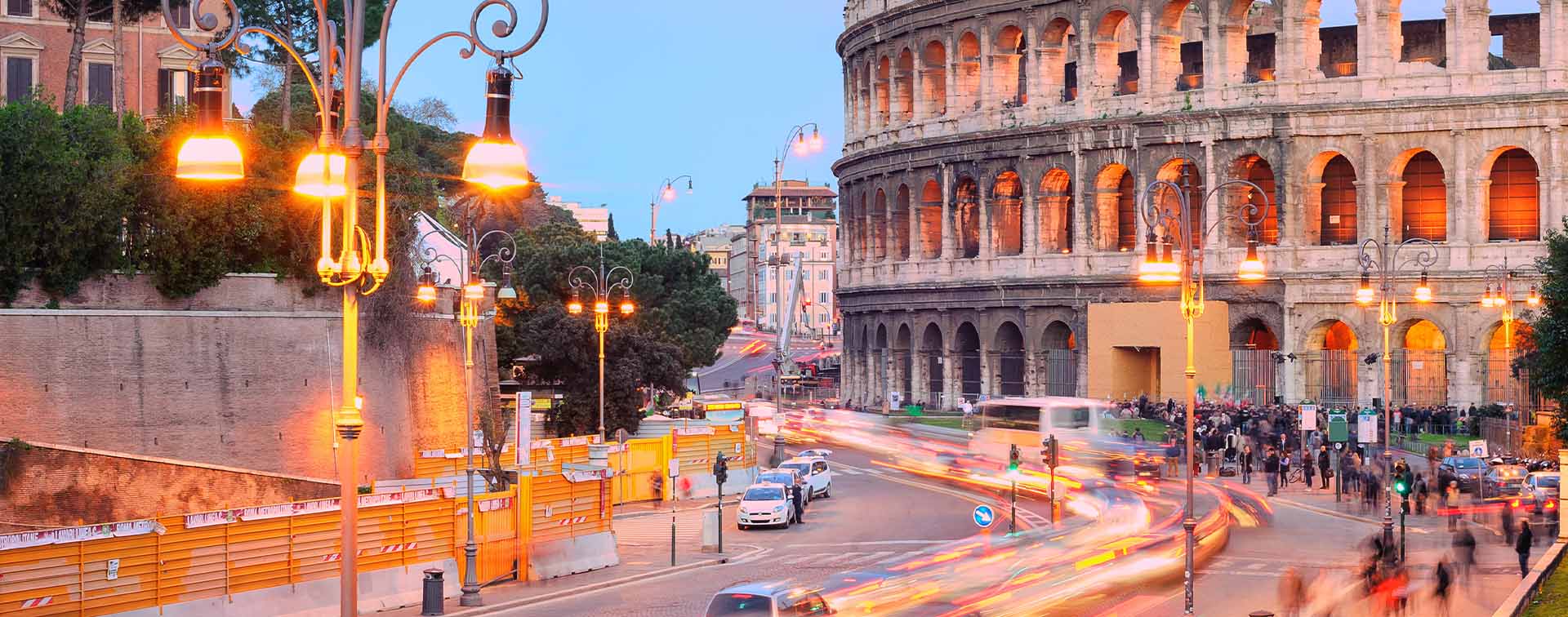
Dr. W. Christopher Carleton, an archaeologist and data scientist, is a senior scientist at the Max Planck Institute of Geoanthropology in Jena, Germany.
Cities are wealth-generating engines, producing and attracting innovation, investment, and opportunity, but they also reveal stark inequality. The archaeological and historical records indicate this has always been the case. From the marble monuments of ancient Rome to the steel and glass spires of today’s global financial hubs, elite wealth has long shaped urban landscapes. These structures stand as testament to the power of cities as wealth generators, but they also remind us that opportunities are not distributed evenly. Look up the next time you walk through your downtown core and be reminded of the wealth and power looming over you. Ancient Romans would have had a similar experience passing the Palatine, the Colosseum, the Circus Maximus, and the Forum. These parallels raise a key question: how deep does this pattern run? Are these monumental expressions of elite wealth unique to the wealthiest cities, or do they emerge from something more fundamental about urbanism?
To answer this, my colleagues and I at the Max Planck Institute of Geoanthropology teamed up with an expert on Roman archaeology and the Council on Tall Buildings and Urban Habitat (CTBUH) to conduct a scaling analysis.1 Decades of research in urban science show that modern cities grow in predictable ways, governed by structural constraints on how population size interacts with infrastructure and social networks. This body of work, the Settlement Scaling Theory (SST), reveals that as cities expand, their economic activity, built environment, and patterns of wealth concentration follow mathematical scaling laws. You may not realize it, but you’re already familiar with scaling laws: if you increase a circle’s radius its area grows with exponential precision, locking the two properties together. Cities, it turns out, follow similar mathematical rules, with population growth systematically driving changes in economic output, infrastructure, and inequality. We applied these principles to both ancient and modern cities to see whether elite wealth accumulation follows the same predictable patterns.

Our study compared ancient Roman and modern cities, uncovering a striking parallel in how elite wealth scales with urban population size. We examined over 800 ancient Roman cities (100 BCE to 300 CE), counting surviving monuments and dedication inscriptions — markers of elite influence because these inscriptions typically honor wealthy individuals. We then compared these counts to population size estimates. Of course, we don’t have exact population numbers for ancient cities. Instead, we used a sample of 59 excavated sites, where archaeologists estimated populations by measuring house floor areas and using historical records on household sizes. To extend these estimates across all cities we applied Bayesian probability models, which allowed us to predict population sizes for all cities based on urban areas — since city size, like many urban traits, follows scaling laws. This approach also accounted for archaeological uncertainty, ensuring our final estimates were statistically robust.
For modern cities, we used data from CTBUH’s global database of skyscrapers (exceeding 150 meters in height) and the 2023 edition of Henley & Partners’ World’s Wealthiest Cities Report, providing counts of billionaires per city — a more direct measure of elite wealth. We applied the same Bayesian methods to analyze how elite wealth, measured through billionaire counts and skyscraper prevalence, scales with population size.
Amazingly, we found consistent scaling patterns across all datasets. Specifically, as cities grow, indicators of elite wealth concentration — whether in ancient Rome or modern financial hubs — increase sub-linearly. This means that while elite wealth rises with population size, it does so at a slower rate than overall city growth. Each population jump corresponds to a predictable increase in elite wealth expression, but the rate of increase slows in the largest cities. In other words, there is a saturation effect — as cities transition from large to extremely large, elite wealth concentration becomes relatively less pronounced.
Nevertheless, despite this saturation effect, elite wealth still grows faster than average, per capita wealth. SST predicts specific relationships for per capita wealth, and our findings indicate elite wealth scales in excess of these predictions, as well as exceeding the average per capita wealth scaling identified in previous studies. This suggests that the wealthiest benefit disproportionately from the urban economic engine, and this inequality is physically embedded in the urban environment itself.
Why does urban growth seem to move in lockstep with inequality and the concentration of elite wealth? We suspect the answer lies in preferential attachment within social networks — a well-documented mechanism that drives wealth accumulation in cities. As cities expand, established elites benefit disproportionately because wealth and influence attract more wealth and influence. The well-connected gain privileged access to opportunities, while those without these advantages struggle to break into elite circles — missing out on the productive interactions that fuel further success.
To test this, we used an agent-based simulation — a virtual experiment modeling economic interactions among simulated urbanites. The results revealed how social network biases reinforce inequality, mirroring the way modern financial and economic networks operate today. This self-reinforcing dynamic doesn’t define just the modern financial landscape — it appears to have shaped the ancient urban world as well. The elite wealth disparities etched into city skylines today may be echoes of a much older and more fundamental pattern in urban life.
Our findings suggest that inequality is not just a byproduct of urbanization or unique to modern global capitalism — it may be functionally tied to the same mechanisms that make cities powerful engines of wealth generation. The fact that we observe the same scaling patterns in both ancient and modern cities points to a deeper, structural connection between urban growth and elite wealth concentration. If inequality is an inherent feature of urban economic dynamics, addressing it cannot come at the cost of breaking the wealth engine. Instead, understanding these processes offers an opportunity — establishing a way to refine urban policies and investment strategies that balances growth with inclusivity.
For high-net-worth individuals, our research suggests a dual opportunity. Cities remain the most reliable places to generate and sustain wealth, making continued investment in urban centers worldwide a sound individual strategy. Furthermore, the same network effects that amplify elite wealth can also be harnessed to expand economic participation. By fostering broader connections — through mentorship, local partnerships, or targeted investments into historically isolated communities — wealthy individuals can help integrate more people into the wealth-generating potential of cities. Urbanization has always been tied to inequality, but strategic engagement with the dynamics behind it offers a chance to ensure that, as cities grow, they generate not just individual wealth, but wider access to prosperity.
References
1 WC Carleton, H Elton, W Miranda, et al., ‘Parallel scaling of elite wealth in ancient Roman and modern cities with implications for understanding urban inequality’ (Nature Cities, 4 March 2025) doi.org/10.1038/s44284-025-00213-1